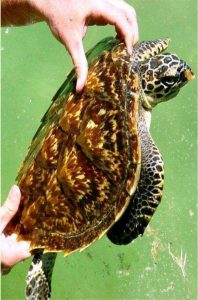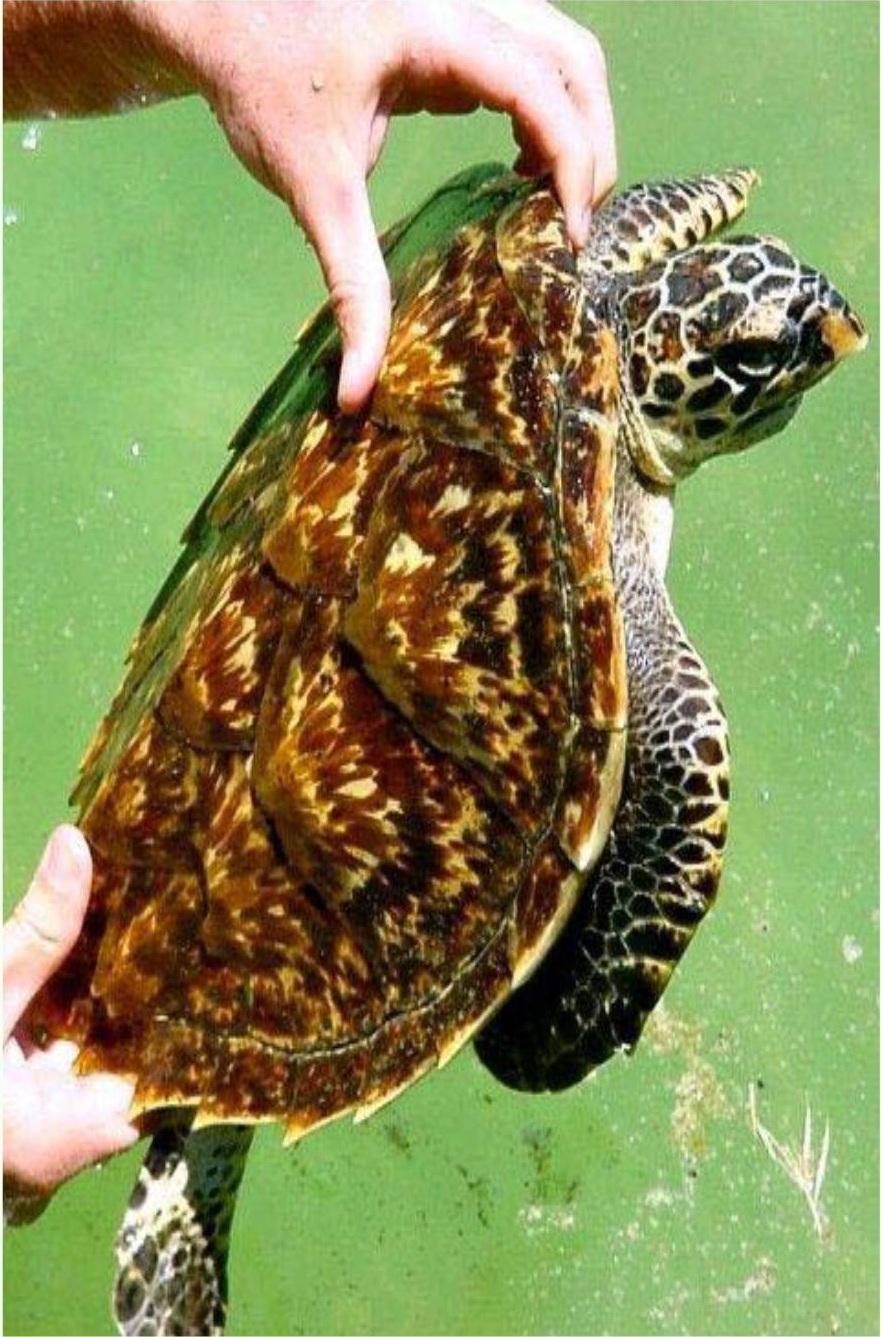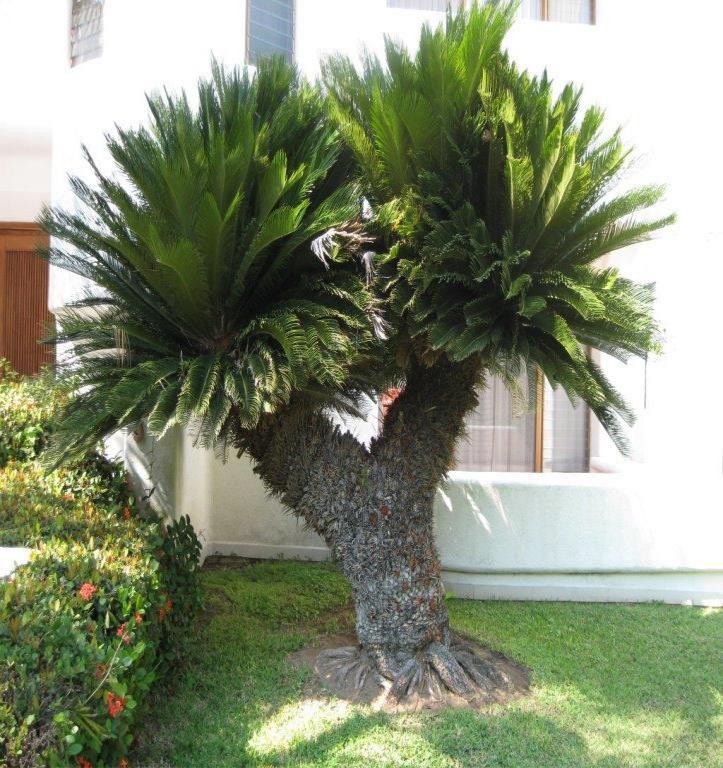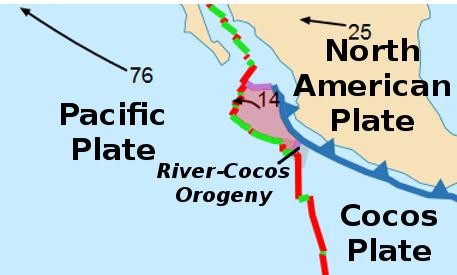By Terry Sovil from the June 2010 Edition
Highly endangered species found along the Mexican Pacific
The hawksbill turtle is considered a critically endangered sea turtle and was thought to be extinct on the Pacific east coast. Recent studies by the
Eastern Pacific Hawksbill Initiative have determined that there are By Terry Sovil hawksbill turtles along the stretch of the Gold Coast. The hawksbill turtle faces a triple-threat due to commercial exploitation: harvest of its meat and eggs for food and for its shell which is used to make hair clips, combs, jewelry etc.
harvest of its meat and eggs for food and for its shell which is used to make hair clips, combs, jewelry etc.
A recent visit to Manzanillo by a research team from the Eastern Hawksbill Initiative occurred late last July. Alexander Gaos, his wife Ingrid Yañez, and their new assistant, son Joaquinn (1 ½ years), have formed the group Proyecto ¡CAREY! and with International cooperation have been studying and looking for hawksbill turtles along the Baja, mainland and farther south. During their Manzanillo visit several turtles were observed and one was caught and tagged. Visit their website at: www.hawksbill.org.
The Aquatic Sports and Adventures dive shop in Manzanillo is working to help promote and monitor sightings. This is an incredibly valuable and fragile sea creature worth far more in the open seas than their value as a steak or a hair comb. The hawksbill turtle shell is still in demand. Some Caribbean areas allow a legal catch of hawksbill turtles including the British Virgin Islands, Cayman Islands, Cuba, Haiti and the Turks & Caicos Islands (U.K.). Hawksbill products are openly displayed in the Dominican Republic and Jamaica despite a ban on harvesting hawksbills and eggs.
Directed harvest exists in the Pacific. This is an intentional and systematic harvest of nesting female turtles and their eggs both on the beach and in the water. Incidental capture by fishing nets, primarily gillnets, also causes damage to recovery.
You can identity a hawksbill turtle because of its long, tapered head that ends in a beak-like mouth more sharply pronounced and hooked than other sea turtles. The hawksbill’s arms have two visible claws on each flipper. It has very distinct shell structure (scutes) that overlap near the rear to give a look similar to a serrated saw or a steak knife.
Download the full edition or view it online
—
Terry is a founding partner and scuba instructor for Aquatic Sports and Adventures (Deportes y Aventuras Acuáticas) in Manzanillo. A PADI (Professional Association of Dive Instructors) Master Instructor in his 36th year as a PADI Professional. He also holds 15 Specialty Instructor Course ratings. Terry held a US Coast Guard 50-Ton Masters (Captain’s) License. In his past corporate life, he worked in computers from 1973 to 2005 from a computer operator to a project manager for companies including GE Capital Fleet Services and Target. From 2005 to 2008, he developed and oversaw delivery of training to Target’s Loss Prevention (Asset Protection) employees on the West Coast, USA. He led a network of 80+ instructors, evaluated training, performed needs assessments and gathered feedback on the delivery of training, conducted training in Crisis Leadership and Non-Violent Crisis Intervention to Target executives. Independently, he has taught hundreds of hours of skills-based training in American Red Cross CPR, First Aid, SCUBA and sailing and managed a staff of Project Managers at LogicBay in the production of multi-media training and web sites in a fast-paced environment of artists, instructional designers, writers and developers, creating a variety of interactive training and support products for Fortune 1000 companies.





You must be logged in to post a comment.